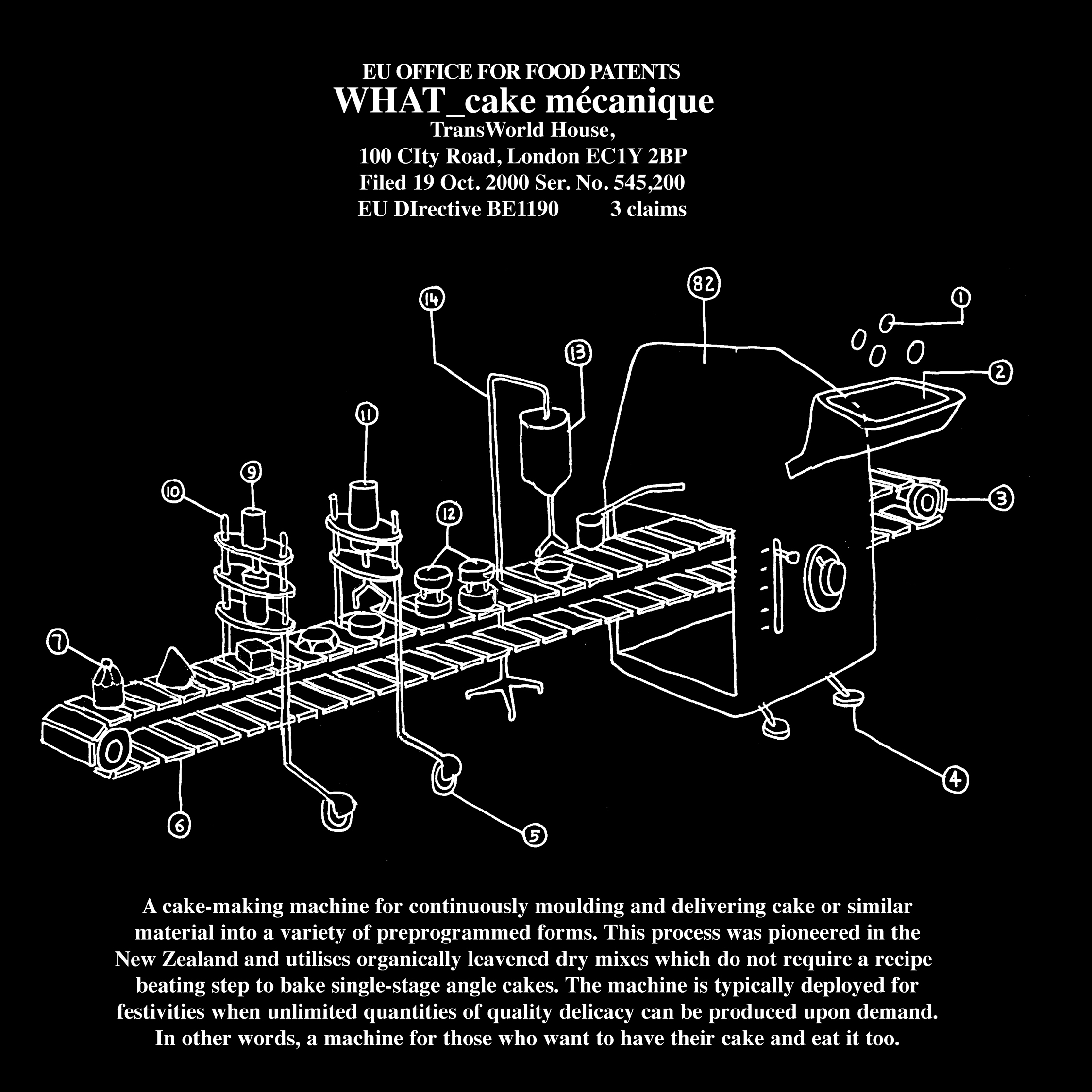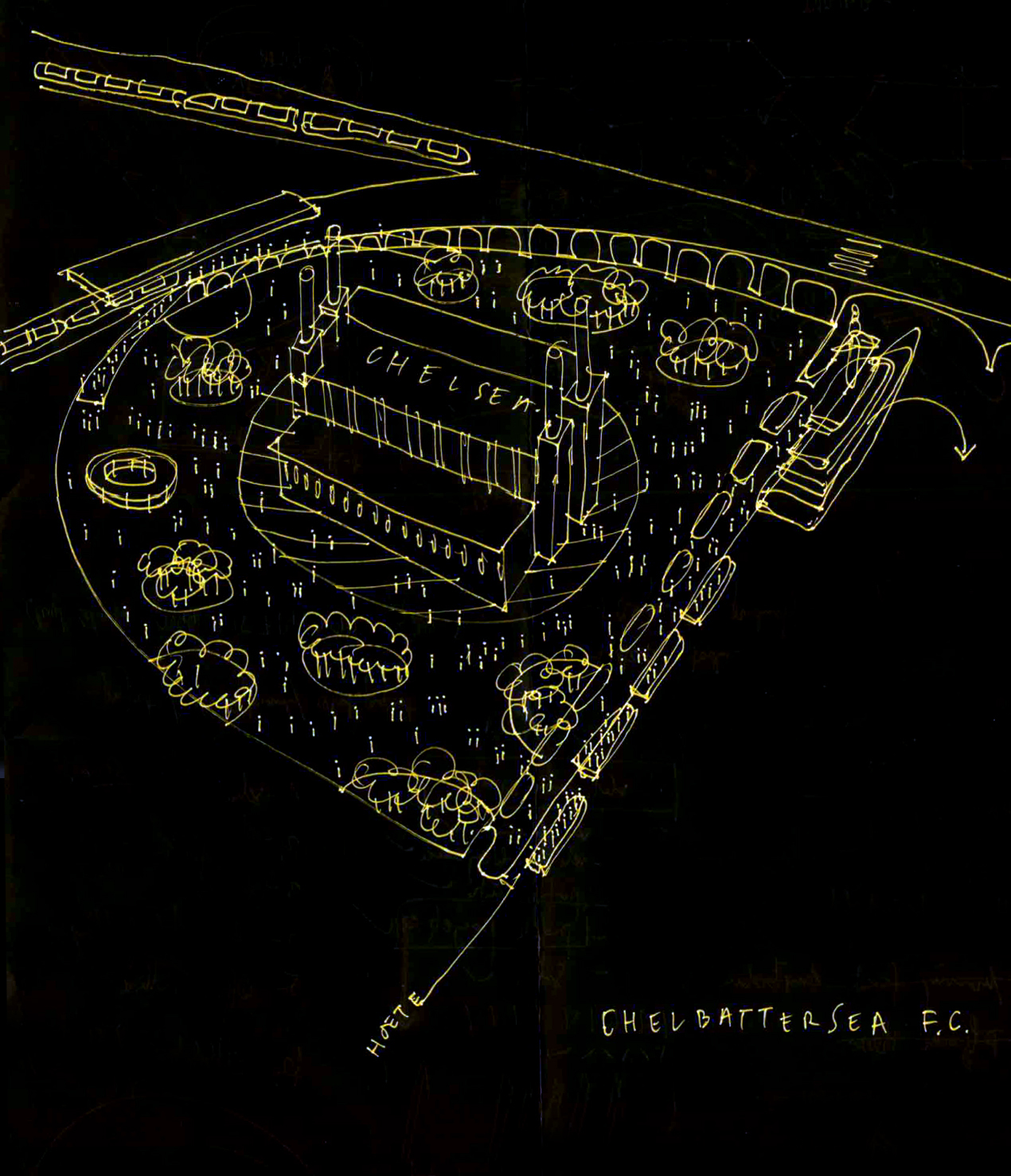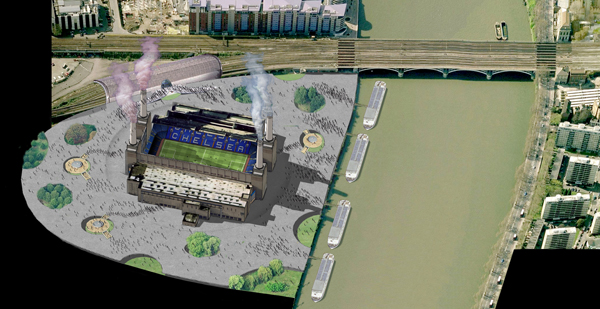127sho_Too quiet on the home front
Despite an unprecedented flurry of government initiatives the housing crisis remains grim, with the gap between supply and demand slowly widening. Christine Whitehead (professor of housing economics at the LSE) explains in the RIBA Journal.
 The housing situation is pretty depressing – prices are down by perhaps 30% in real terms; additions to the existing stock are running at perhaps half the level required if projected household growth is to be accommodated; and most commentators feel that little of what is being built meets the standards necessary for the next generation. Just as concerning are the likely scenarios were the economy to show signs of significant improvement. If incomes rise then demand for housing will increase against a very limited supply, pushing up prices long before supply can respond; if however credit remains tight, as it has since 2008, then those that can borrow will still put pressure on house prices but first time buyers in particular will find it extremely difficult to enter the market and will be forced to remain in private renting – and pay higher rates.
Current difficulties
The fundamentals behind this inbuilt volatility are relatively straightforward. Unlike some other European countries often held up as exemplars, we have an expanding population with both healthy indigenous growth and continuing net immigration. As a result we need perhaps 230,000 additional dwellings per annum just to accommodate that increase. If fewer units are available young people will have to spend longer at home; more households will have to share or live in overcrowded conditions, especially in London and other areas of economic growth; and both international competitiveness and the quality of life will be undermined. On the other hand, net additions were above 200,000 only at the height of the investment boom in 2007/ 8, and even then new housebuilding output was running at below 170,000. So there has been a continuing shortfall over the economic cycle.
Moreover, what is being produced tends to be smaller than in the past. In 2009, 60% of completions were of one or two bed units, while 50% were flats – most in the market sector. And we do not keep detailed records of the size of units – everything is thought about in terms of the number of rooms, forgetting that the square metres per dwelling have been falling for decades. As households and their needs change, perhaps the innovation which would most influence behaviour might be to ensure that information on square meterage – and cost per metre – was available as a matter of course to all potential purchasers, as it is in every other country in Europe.
Looking ahead
Looking to the future, the biggest problems in the short term are the lack of funds for developers and purchasers both for owner-occupation and private renting; and continued uncertainty about the future economy and housing market, which is reducing demand and supply while leaving the fundamental tensions unaffected. In the longer term there are concerns about loss of capacity in the development industry; the extent to which land prices and expectations are still out of line with underlying equilibrium; and particularly about the extent to which the planning system can ensure adequate land availability.
The government has put forward over 100 initiatives, including: contracts with housing associations and other providers for 170,000 new affordable homes by 2015; public land to be made available for 100,000 homes to be provided on a build now pay later principle; a back stop guarantee system by which 100,000 95% mortgages can be supported; and a further 100,000 additional homes funded from right to buy sales on a one for one basis. Most of these initiatives are relatively short term. The most important longer term initiative is the National Planning Policy Framework (NPPF) published at the end of March and implemented on the same day.
Future changes
The principles behind the NPPF are clear and potentially game changing. Local authorities with an up to date plan must agree to all proposals that accord with it. Those without a plan must make decisions in line with the framework which gives a presumption in favour of development.
However, one reason for the generally positive response to the NPPF is that the new framework maintains many of the strongest constraints on development, including brownfield first, the emphasis on town centres, constraints on the use of urban public space, the greenbelt and an even greater emphasis on good design. No planning department will have difficulty turning down a development it does not like. It may go through on appeal, but the delays and costs will be high.
The problem is not so much the framework but the fact that 44 documents that supported the existing planning system have been replaced or revoked. Doing away with a thousand pages of detailed guidance leaves stakeholders to work everything out for themselves, and core concepts are generally not defined clearly enough to stop those who dislike the outcomes appealing against planning decisions.
Any large changes in the planning system take a long while to work through – for instance Section 106 was not really fully operational for at least a decade. Even if the pro development agenda does eventually become embedded in the planning system, resulting in higher output, there are sure to be long delays and high costs associated with the new regime.
The housing situation is pretty depressing – prices are down by perhaps 30% in real terms; additions to the existing stock are running at perhaps half the level required if projected household growth is to be accommodated; and most commentators feel that little of what is being built meets the standards necessary for the next generation. Just as concerning are the likely scenarios were the economy to show signs of significant improvement. If incomes rise then demand for housing will increase against a very limited supply, pushing up prices long before supply can respond; if however credit remains tight, as it has since 2008, then those that can borrow will still put pressure on house prices but first time buyers in particular will find it extremely difficult to enter the market and will be forced to remain in private renting – and pay higher rates.
Current difficulties
The fundamentals behind this inbuilt volatility are relatively straightforward. Unlike some other European countries often held up as exemplars, we have an expanding population with both healthy indigenous growth and continuing net immigration. As a result we need perhaps 230,000 additional dwellings per annum just to accommodate that increase. If fewer units are available young people will have to spend longer at home; more households will have to share or live in overcrowded conditions, especially in London and other areas of economic growth; and both international competitiveness and the quality of life will be undermined. On the other hand, net additions were above 200,000 only at the height of the investment boom in 2007/ 8, and even then new housebuilding output was running at below 170,000. So there has been a continuing shortfall over the economic cycle.
Moreover, what is being produced tends to be smaller than in the past. In 2009, 60% of completions were of one or two bed units, while 50% were flats – most in the market sector. And we do not keep detailed records of the size of units – everything is thought about in terms of the number of rooms, forgetting that the square metres per dwelling have been falling for decades. As households and their needs change, perhaps the innovation which would most influence behaviour might be to ensure that information on square meterage – and cost per metre – was available as a matter of course to all potential purchasers, as it is in every other country in Europe.
Looking ahead
Looking to the future, the biggest problems in the short term are the lack of funds for developers and purchasers both for owner-occupation and private renting; and continued uncertainty about the future economy and housing market, which is reducing demand and supply while leaving the fundamental tensions unaffected. In the longer term there are concerns about loss of capacity in the development industry; the extent to which land prices and expectations are still out of line with underlying equilibrium; and particularly about the extent to which the planning system can ensure adequate land availability.
The government has put forward over 100 initiatives, including: contracts with housing associations and other providers for 170,000 new affordable homes by 2015; public land to be made available for 100,000 homes to be provided on a build now pay later principle; a back stop guarantee system by which 100,000 95% mortgages can be supported; and a further 100,000 additional homes funded from right to buy sales on a one for one basis. Most of these initiatives are relatively short term. The most important longer term initiative is the National Planning Policy Framework (NPPF) published at the end of March and implemented on the same day.
Future changes
The principles behind the NPPF are clear and potentially game changing. Local authorities with an up to date plan must agree to all proposals that accord with it. Those without a plan must make decisions in line with the framework which gives a presumption in favour of development.
However, one reason for the generally positive response to the NPPF is that the new framework maintains many of the strongest constraints on development, including brownfield first, the emphasis on town centres, constraints on the use of urban public space, the greenbelt and an even greater emphasis on good design. No planning department will have difficulty turning down a development it does not like. It may go through on appeal, but the delays and costs will be high.
The problem is not so much the framework but the fact that 44 documents that supported the existing planning system have been replaced or revoked. Doing away with a thousand pages of detailed guidance leaves stakeholders to work everything out for themselves, and core concepts are generally not defined clearly enough to stop those who dislike the outcomes appealing against planning decisions.
Any large changes in the planning system take a long while to work through – for instance Section 106 was not really fully operational for at least a decade. Even if the pro development agenda does eventually become embedded in the planning system, resulting in higher output, there are sure to be long delays and high costs associated with the new regime.
 The housing situation is pretty depressing – prices are down by perhaps 30% in real terms; additions to the existing stock are running at perhaps half the level required if projected household growth is to be accommodated; and most commentators feel that little of what is being built meets the standards necessary for the next generation. Just as concerning are the likely scenarios were the economy to show signs of significant improvement. If incomes rise then demand for housing will increase against a very limited supply, pushing up prices long before supply can respond; if however credit remains tight, as it has since 2008, then those that can borrow will still put pressure on house prices but first time buyers in particular will find it extremely difficult to enter the market and will be forced to remain in private renting – and pay higher rates.
Current difficulties
The fundamentals behind this inbuilt volatility are relatively straightforward. Unlike some other European countries often held up as exemplars, we have an expanding population with both healthy indigenous growth and continuing net immigration. As a result we need perhaps 230,000 additional dwellings per annum just to accommodate that increase. If fewer units are available young people will have to spend longer at home; more households will have to share or live in overcrowded conditions, especially in London and other areas of economic growth; and both international competitiveness and the quality of life will be undermined. On the other hand, net additions were above 200,000 only at the height of the investment boom in 2007/ 8, and even then new housebuilding output was running at below 170,000. So there has been a continuing shortfall over the economic cycle.
Moreover, what is being produced tends to be smaller than in the past. In 2009, 60% of completions were of one or two bed units, while 50% were flats – most in the market sector. And we do not keep detailed records of the size of units – everything is thought about in terms of the number of rooms, forgetting that the square metres per dwelling have been falling for decades. As households and their needs change, perhaps the innovation which would most influence behaviour might be to ensure that information on square meterage – and cost per metre – was available as a matter of course to all potential purchasers, as it is in every other country in Europe.
Looking ahead
Looking to the future, the biggest problems in the short term are the lack of funds for developers and purchasers both for owner-occupation and private renting; and continued uncertainty about the future economy and housing market, which is reducing demand and supply while leaving the fundamental tensions unaffected. In the longer term there are concerns about loss of capacity in the development industry; the extent to which land prices and expectations are still out of line with underlying equilibrium; and particularly about the extent to which the planning system can ensure adequate land availability.
The government has put forward over 100 initiatives, including: contracts with housing associations and other providers for 170,000 new affordable homes by 2015; public land to be made available for 100,000 homes to be provided on a build now pay later principle; a back stop guarantee system by which 100,000 95% mortgages can be supported; and a further 100,000 additional homes funded from right to buy sales on a one for one basis. Most of these initiatives are relatively short term. The most important longer term initiative is the National Planning Policy Framework (NPPF) published at the end of March and implemented on the same day.
Future changes
The principles behind the NPPF are clear and potentially game changing. Local authorities with an up to date plan must agree to all proposals that accord with it. Those without a plan must make decisions in line with the framework which gives a presumption in favour of development.
However, one reason for the generally positive response to the NPPF is that the new framework maintains many of the strongest constraints on development, including brownfield first, the emphasis on town centres, constraints on the use of urban public space, the greenbelt and an even greater emphasis on good design. No planning department will have difficulty turning down a development it does not like. It may go through on appeal, but the delays and costs will be high.
The problem is not so much the framework but the fact that 44 documents that supported the existing planning system have been replaced or revoked. Doing away with a thousand pages of detailed guidance leaves stakeholders to work everything out for themselves, and core concepts are generally not defined clearly enough to stop those who dislike the outcomes appealing against planning decisions.
Any large changes in the planning system take a long while to work through – for instance Section 106 was not really fully operational for at least a decade. Even if the pro development agenda does eventually become embedded in the planning system, resulting in higher output, there are sure to be long delays and high costs associated with the new regime.
The housing situation is pretty depressing – prices are down by perhaps 30% in real terms; additions to the existing stock are running at perhaps half the level required if projected household growth is to be accommodated; and most commentators feel that little of what is being built meets the standards necessary for the next generation. Just as concerning are the likely scenarios were the economy to show signs of significant improvement. If incomes rise then demand for housing will increase against a very limited supply, pushing up prices long before supply can respond; if however credit remains tight, as it has since 2008, then those that can borrow will still put pressure on house prices but first time buyers in particular will find it extremely difficult to enter the market and will be forced to remain in private renting – and pay higher rates.
Current difficulties
The fundamentals behind this inbuilt volatility are relatively straightforward. Unlike some other European countries often held up as exemplars, we have an expanding population with both healthy indigenous growth and continuing net immigration. As a result we need perhaps 230,000 additional dwellings per annum just to accommodate that increase. If fewer units are available young people will have to spend longer at home; more households will have to share or live in overcrowded conditions, especially in London and other areas of economic growth; and both international competitiveness and the quality of life will be undermined. On the other hand, net additions were above 200,000 only at the height of the investment boom in 2007/ 8, and even then new housebuilding output was running at below 170,000. So there has been a continuing shortfall over the economic cycle.
Moreover, what is being produced tends to be smaller than in the past. In 2009, 60% of completions were of one or two bed units, while 50% were flats – most in the market sector. And we do not keep detailed records of the size of units – everything is thought about in terms of the number of rooms, forgetting that the square metres per dwelling have been falling for decades. As households and their needs change, perhaps the innovation which would most influence behaviour might be to ensure that information on square meterage – and cost per metre – was available as a matter of course to all potential purchasers, as it is in every other country in Europe.
Looking ahead
Looking to the future, the biggest problems in the short term are the lack of funds for developers and purchasers both for owner-occupation and private renting; and continued uncertainty about the future economy and housing market, which is reducing demand and supply while leaving the fundamental tensions unaffected. In the longer term there are concerns about loss of capacity in the development industry; the extent to which land prices and expectations are still out of line with underlying equilibrium; and particularly about the extent to which the planning system can ensure adequate land availability.
The government has put forward over 100 initiatives, including: contracts with housing associations and other providers for 170,000 new affordable homes by 2015; public land to be made available for 100,000 homes to be provided on a build now pay later principle; a back stop guarantee system by which 100,000 95% mortgages can be supported; and a further 100,000 additional homes funded from right to buy sales on a one for one basis. Most of these initiatives are relatively short term. The most important longer term initiative is the National Planning Policy Framework (NPPF) published at the end of March and implemented on the same day.
Future changes
The principles behind the NPPF are clear and potentially game changing. Local authorities with an up to date plan must agree to all proposals that accord with it. Those without a plan must make decisions in line with the framework which gives a presumption in favour of development.
However, one reason for the generally positive response to the NPPF is that the new framework maintains many of the strongest constraints on development, including brownfield first, the emphasis on town centres, constraints on the use of urban public space, the greenbelt and an even greater emphasis on good design. No planning department will have difficulty turning down a development it does not like. It may go through on appeal, but the delays and costs will be high.
The problem is not so much the framework but the fact that 44 documents that supported the existing planning system have been replaced or revoked. Doing away with a thousand pages of detailed guidance leaves stakeholders to work everything out for themselves, and core concepts are generally not defined clearly enough to stop those who dislike the outcomes appealing against planning decisions.
Any large changes in the planning system take a long while to work through – for instance Section 106 was not really fully operational for at least a decade. Even if the pro development agenda does eventually become embedded in the planning system, resulting in higher output, there are sure to be long delays and high costs associated with the new regime.
128art_GYMBOX AT SHOREDITCH UNDERGROUND
Gym tonic? Gymbox has replaced its dumb-bells with human weights to encourage people to exercise. Members of Gymbox can choose one of five people ranging from two midgets to a 155kg man. The gym already runs a ‘chav fighting’ self-defence class and ‘WAG workouts’ to make women more attractive to footballers. The human weights, who sit on adapted machines, are said to help gym-goers by letting them visualise what they are lifting. They will also shout words of encouragement if requested. The human weights range from ‘Dainty Diva’ – Arti Shah, 32, who weighs just 30kg (4.7 stone), up to ‘Super Human’ – Matt Barnard, 37, who weighs a massive 155kg (24.4stone). Gymbox owner Richard Hilton said the human weight lifting device was the ‘ultimate embodiment of visualisation theory.’ He added: ‘Creating a mental image or intention of what you want to happen or feel is proven to improve physical and psychological performance. ‘We’re optimistic our members will see better results with our new human weight machine.’

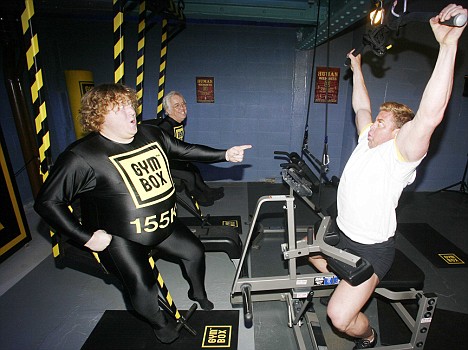



163pea_ARROWS
Bring some arrows. Otherwise we are cowboy builders amongst Indians. Bangladeshis. Cockneys. Guerrilla Gardeners. Footballers. Kids…
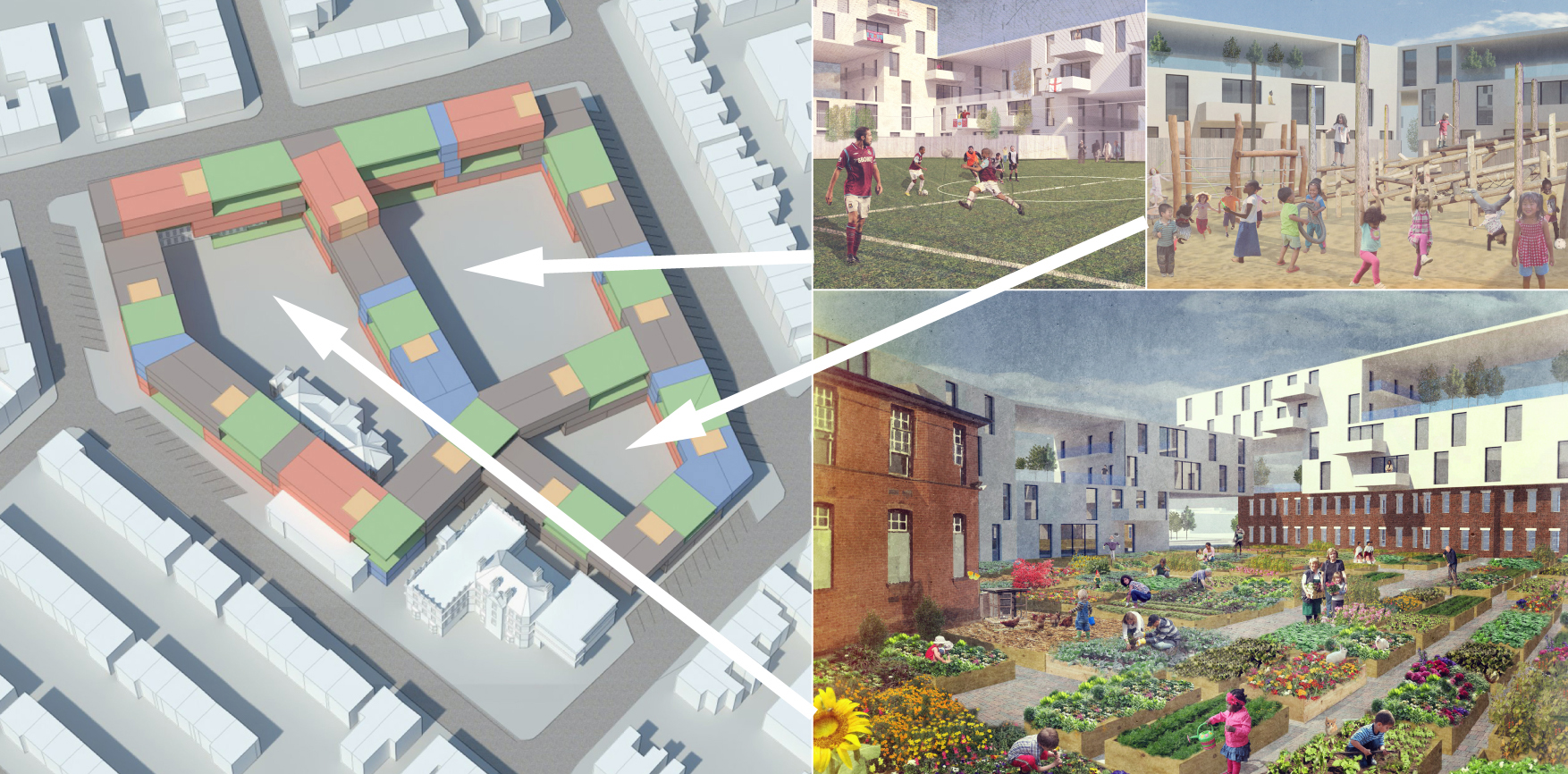


179prs_WHAT_architecture school
WHAT_architecture to establish an architecture school in Cambodia? Thanks to the facilitation of the ‘Initial Public Offering Incubator’ which grooms Cambodian companies for stock exchange listing, Panha Chiet University could soon integrate into the WHAT_architecture branded ‘ArchiPelago’: where students are clustered around architecture schools to form a network informed by practitioner-led design studios…





172che_CHELBATTERSEA: CHELSEA FC INTO BATTERSEA POWER STATION.
Best goal this season could be Roman Ambromovich’s late strike for Chelsea against Battersea (well, it probably wasn’t his idea to relocate a football club inside the power station but it will be his money…). WHAT_architecture feasibility study for Chelbattersea begins with a Google urban appraisal.


EXECUTIVE SUMMARY: Chelsea FC could be accommodated within Battersea PS. Recently returned Mayor Boris Johnson is supposedly against this which seems peculiar. Why? “The mayor is one of the people Chelsea will need to convince to allow them to redevelop the Grade II* listed building and his chief of staff and Deputy Mayor for planning, Sir Edward Lister, said: ‘I don’t think the site is suitable for Chelsea, and nor do a lot of people. It’s not a goer.” So that’s not actually Boris talking but a designée. The sporting spectacle of football seems an obvious choice even though most of us didn’t see it (this coming from, amongst others, a Liverpool supporting architectural practice).
[Jong stop developing the overview which has appeared and start on the landscape. The infrastructure. The project is big enough to sustain quite a few design practices but we got to be quick!]

171leg_WHAT_architecture presents Legobusier at Open City

Open-City is running the first ever free children’s architecture festival in London City this June 23rd & 24th 2012. The festival is in partnership with the British Council’s ‘International Architecture and Design Showcase’; the ‘Celebrate the City’ festival of City of London; and Event Partners to the London Festival of Architecture.
WHAT_architecture has designed an ‘architectural teaching syllabus’ for primary school pupils (Key Stage 2) aged 6-11y whereby the teaching of architecture can now segue seamlessly into the existing National Curriculum (as either part of Art and Design, History or Design and Technology). Legobusier© is part of the WHAT_architecture designed syllabus and as a demonstration of its effectiveness, ‘classes’ will be held during the London Festival of Architecture: June 23rd, 24th 2012 at the former Shoreditch Station.

163pea_Perforated Housing Shortlisted!
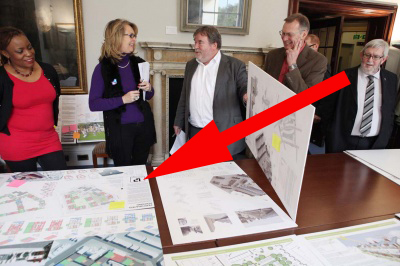 In celebration of its 150th anniversary, Peabody launched an architectural competition to develop a proposal for an exemplar housing development of approximately 150 affordable and market homes on a four-acre site in Plaistow, Newham. The judges were: Paul Finch, Architects’ Journal (Chairman of the panel), Angela Brady, President, RIBA, Councillor Conor McAuley, Executive Member for Regeneration and Strategic Planning, London Borough of Newham, Mathew Frith, Deputy CEO, London Wildlife Trust and Co-Founder, Neighbourhoods Green, June Welcome, Peabody Board Member and Christopher Strickland, Peabody Chairman.
In celebration of its 150th anniversary, Peabody launched an architectural competition to develop a proposal for an exemplar housing development of approximately 150 affordable and market homes on a four-acre site in Plaistow, Newham. The judges were: Paul Finch, Architects’ Journal (Chairman of the panel), Angela Brady, President, RIBA, Councillor Conor McAuley, Executive Member for Regeneration and Strategic Planning, London Borough of Newham, Mathew Frith, Deputy CEO, London Wildlife Trust and Co-Founder, Neighbourhoods Green, June Welcome, Peabody Board Member and Christopher Strickland, Peabody Chairman.
|

128art_Midnight Steak Out
 Arrive at SHoreditch Underground from 19h00 wearing your prom dresses or tuxedos (non-gender specific) and enjoy Prom Punch and West Mersea and Maldon Oysters being shucked to order while we adorn you with your corsages and The Broken Heart DJs play. Under the balloon arch in this old Victorian train station you will get your prom portraits taken by Jamie D Winter and listen to a live performance by The Silver Jay. Downstairs for dinner at 20h30 where you and up to 129 of your most wonderful contemporaries will listen to a compilation of everybody’s favourite song choices whilst enjoying Samphire and Asparagus, Barbequed Lobster, Twice Baked Potatoes, Char-grilled, Rib-Eye Steak and Build-Your-Own BBQ Banana Splits. All this served by beautiful women made up like PanAm Stewardesses wearing Cheerleading Costumes and Knee Socks. Go team!
Arrive at SHoreditch Underground from 19h00 wearing your prom dresses or tuxedos (non-gender specific) and enjoy Prom Punch and West Mersea and Maldon Oysters being shucked to order while we adorn you with your corsages and The Broken Heart DJs play. Under the balloon arch in this old Victorian train station you will get your prom portraits taken by Jamie D Winter and listen to a live performance by The Silver Jay. Downstairs for dinner at 20h30 where you and up to 129 of your most wonderful contemporaries will listen to a compilation of everybody’s favourite song choices whilst enjoying Samphire and Asparagus, Barbequed Lobster, Twice Baked Potatoes, Char-grilled, Rib-Eye Steak and Build-Your-Own BBQ Banana Splits. All this served by beautiful women made up like PanAm Stewardesses wearing Cheerleading Costumes and Knee Socks. Go team!
